S. Giovanni Rotondo. Old church of S. M. delle Grazie
2021
The church has a rectangular plan with a simple façade, decorated by a portal with a frescoed lunette, a small rose window and a central bell tower.
You may also like

2018
Ostuni (BR) - sunrise in Rosa Marina - Part I
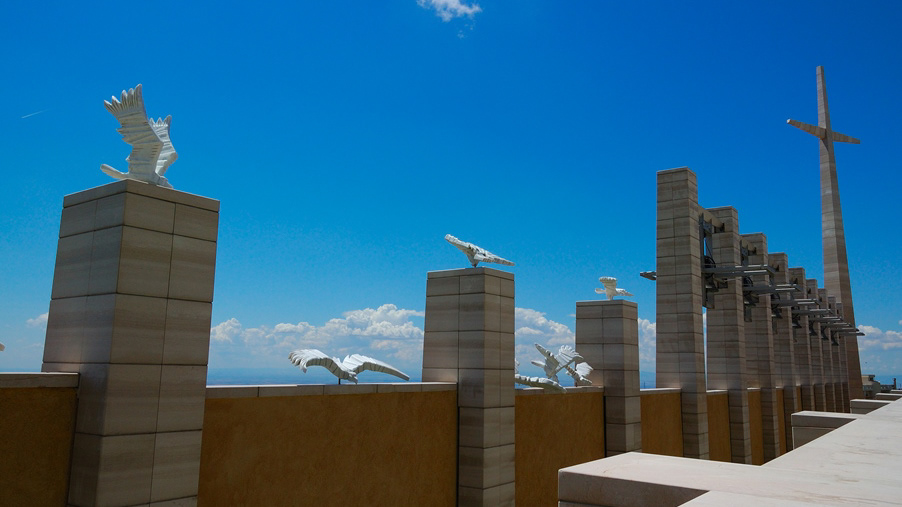
2006
San Giovanni Rotondo (FG) - Church of Padre Pio
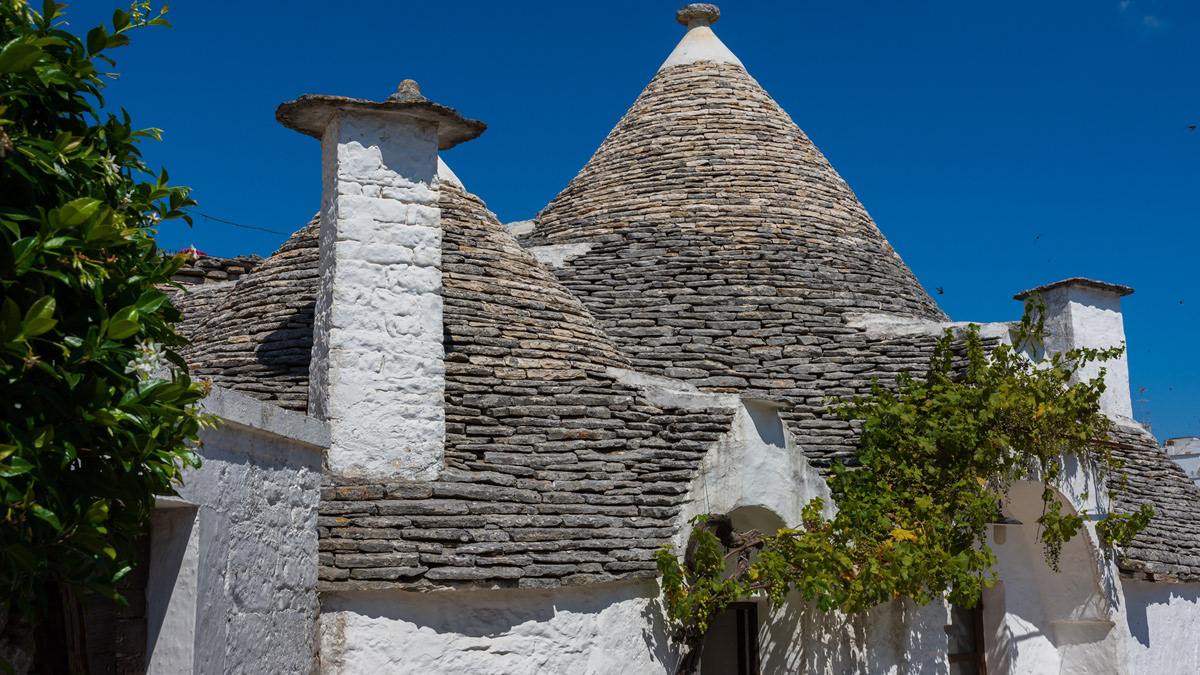
2018
Alberobello (BA)
Alberobello is a city in Puglia, Italy. It is known for the Trulli, white conical stone buildings, present by the hundreds in the hilly district of Rione Monti. The 18th century Trullo Sovrano is a two-level trullo. The "Casa Pezzolla" Territory Museum exhibits furnishings and tools that recreate life in the Trulli as it was in the past. To the southwest of the city is the Red House, a World War II internment camp.
The historian Pietro Gioia has conjectured that the name Alberobello derives from Silva alboris belli, with the meaning of "forest of the war tree" and this derivation, devoid of documentary confirmation, has long been endorsed by later historians. Later studies, however, underline that the first toponym by which the locality was known was Silva Alborelli: this is the result of the oldest document known to scholars, namely the investiture diploma of 15 May 1481 with which King Ferrante of Aragon he assigned the assets of the late Count of Conversano Giulio Antonio I Acquaviva d'Aragona to his illiterate son Andrea Matteo. This document reads Silva Alborelli in the province of our Terra Bari. The name Alberobello became official on 22 June 1797 by the first City Council and by choice of the local inhabitants. On this occasion, the names of Ferrandina were also proposed in honor of King Ferrante of Aragon and of Ferdinandina in honor of King Ferdinand IV of Bourbon. However, until the nineteenth century the alternative terms Arborebello or Albero Bello were also adopted.
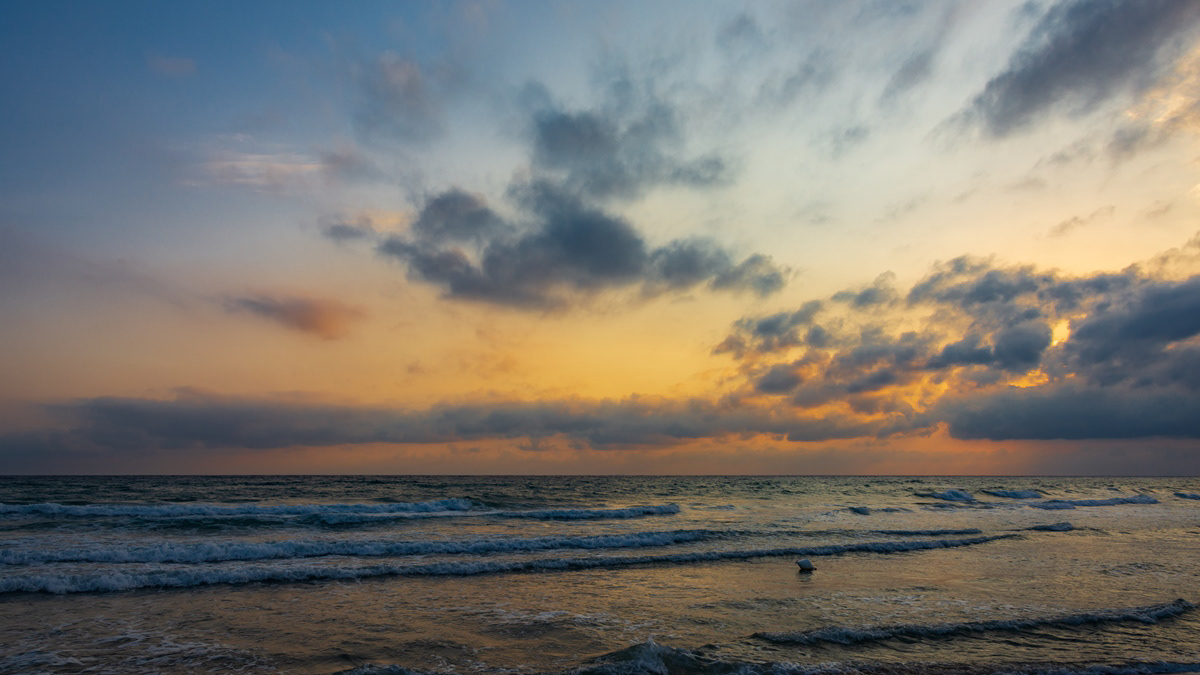
2018
Ostuni (BR) - sunrise in Rosa Marina - Part III
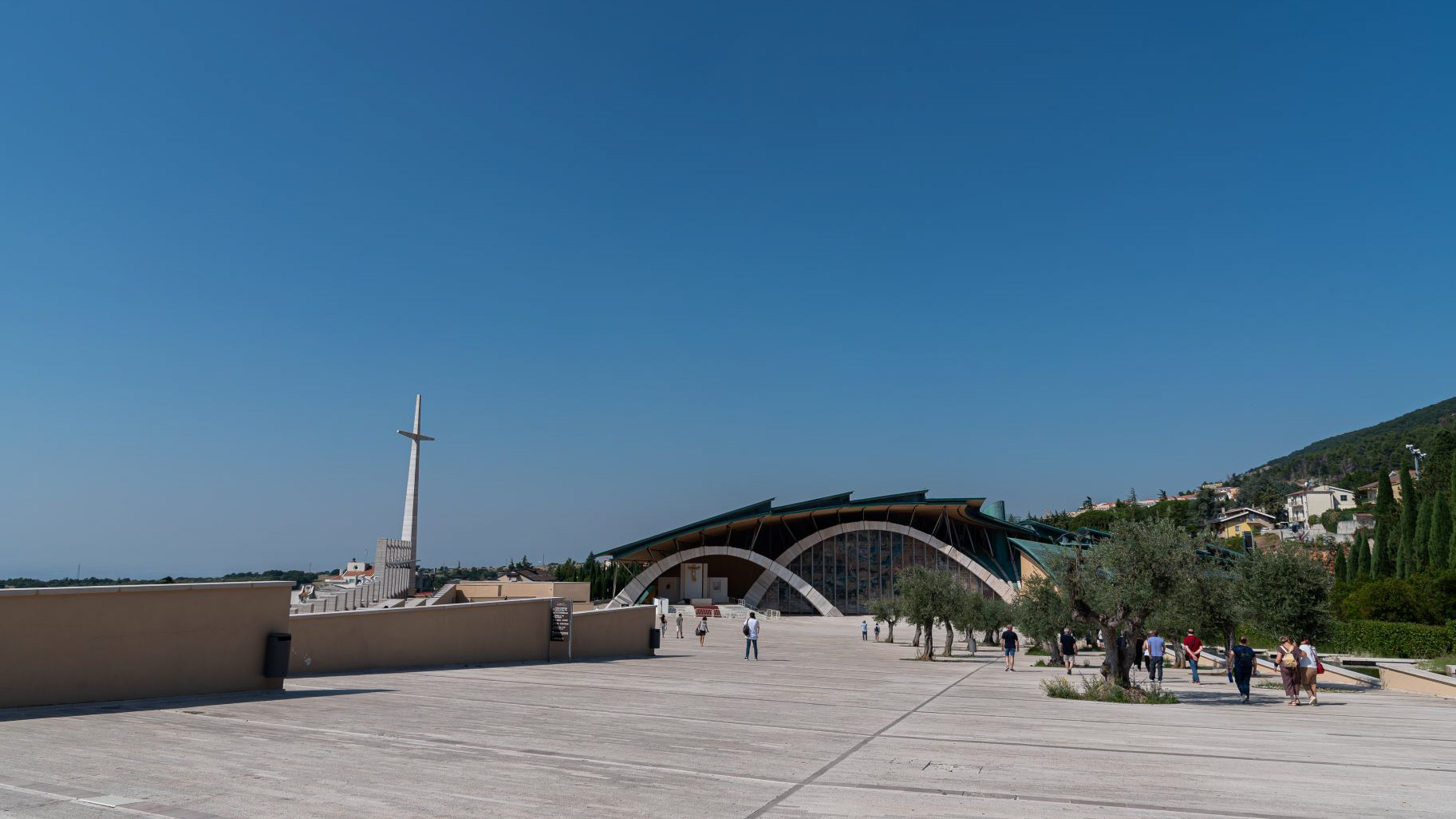
2021
The Sanctuary of San Pio da Pietrelcina
The church was begun on 2 July 1956 and was consecrated on 1 July 1959. On the floor below, there is the crypt where the body of Saint Pio of Pietrelcina rests, under a monolith of 30 quintals.
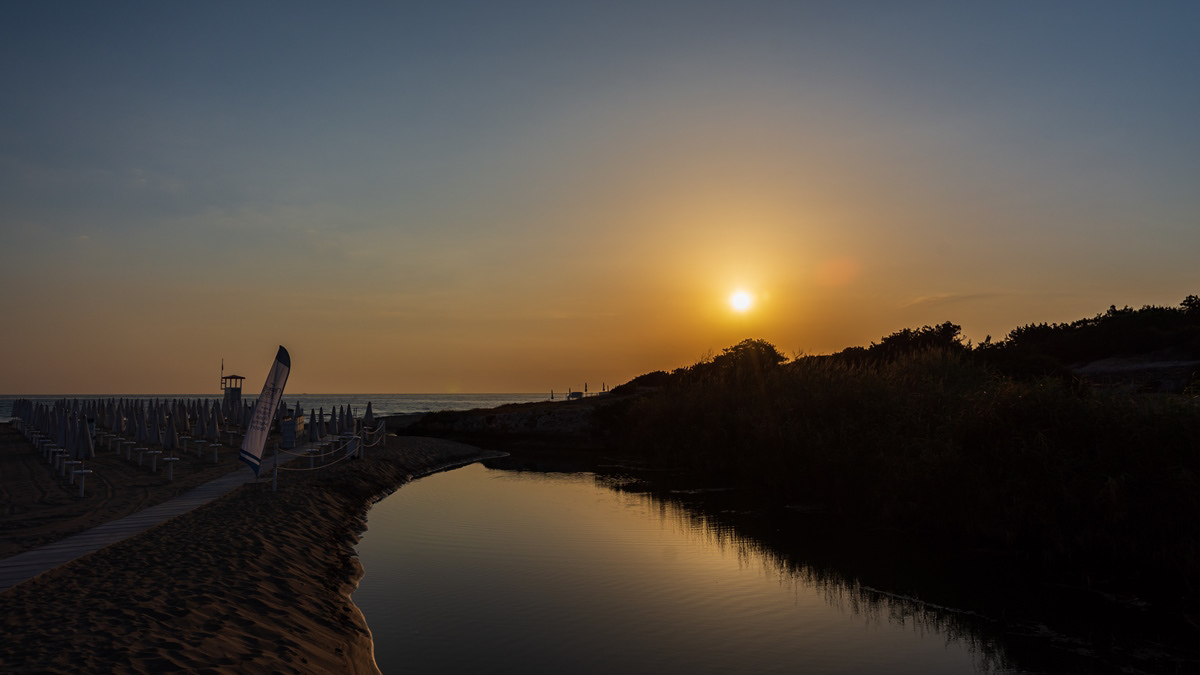
2018
Ostuni (BR) - sunrise in Rosa Marina - Part II
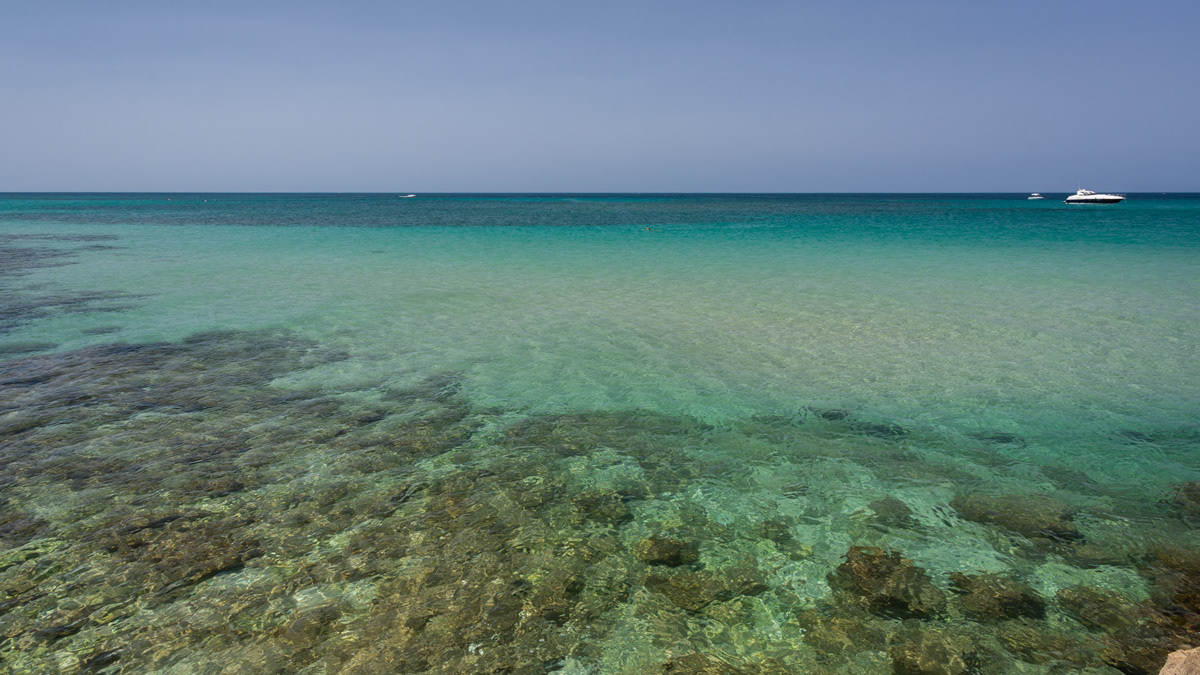
2018
Ostuni (BR) - Rosa Marina
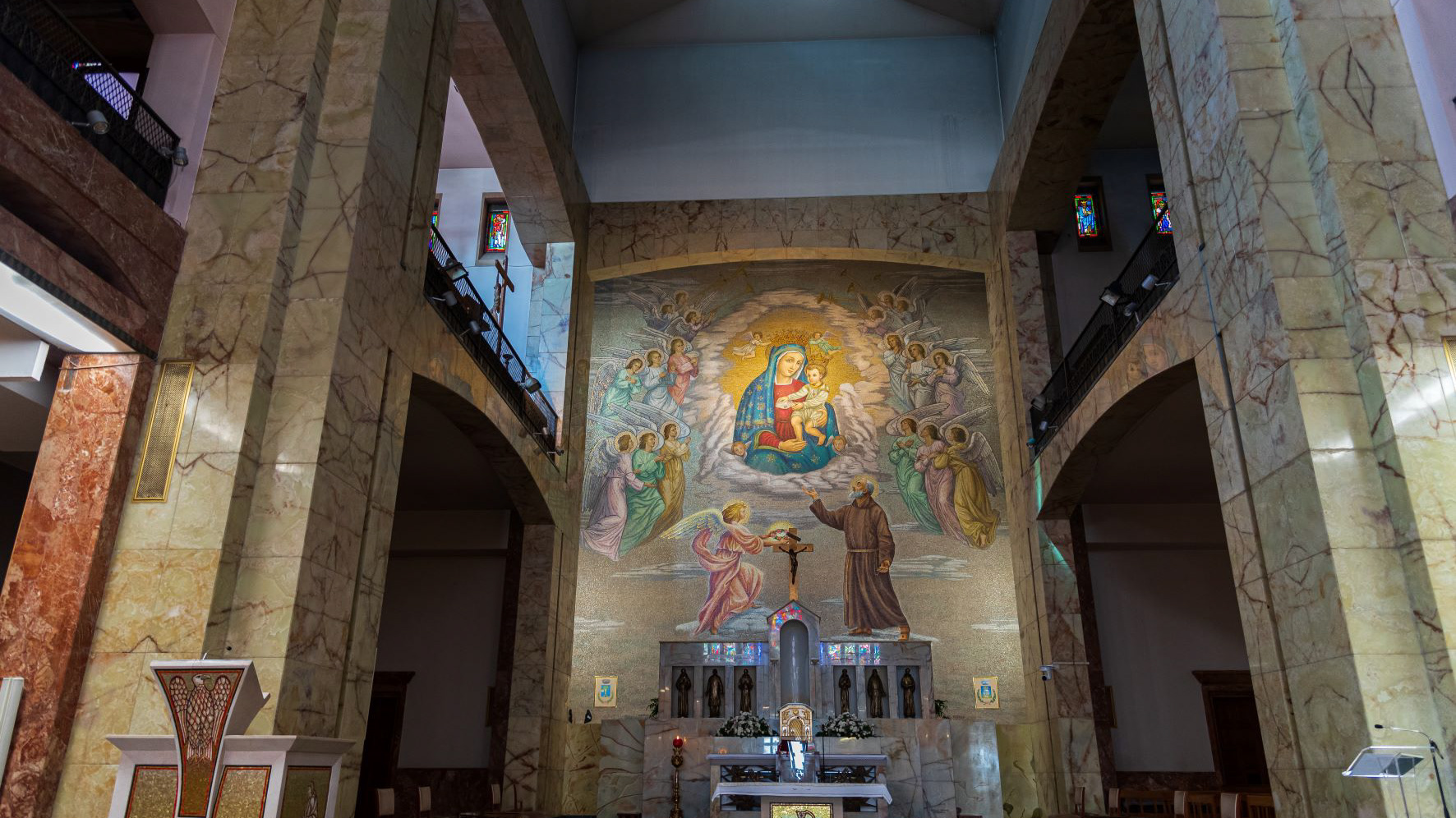
2021
San Giovanni Rotondo. The church of S. M. delle Grazie
The church of Santa Maria delle Grazie with the adjoining convent is universally known for being the place where Padre Pio of Pietrelcina lived, starting from 28 July 1916, and died.
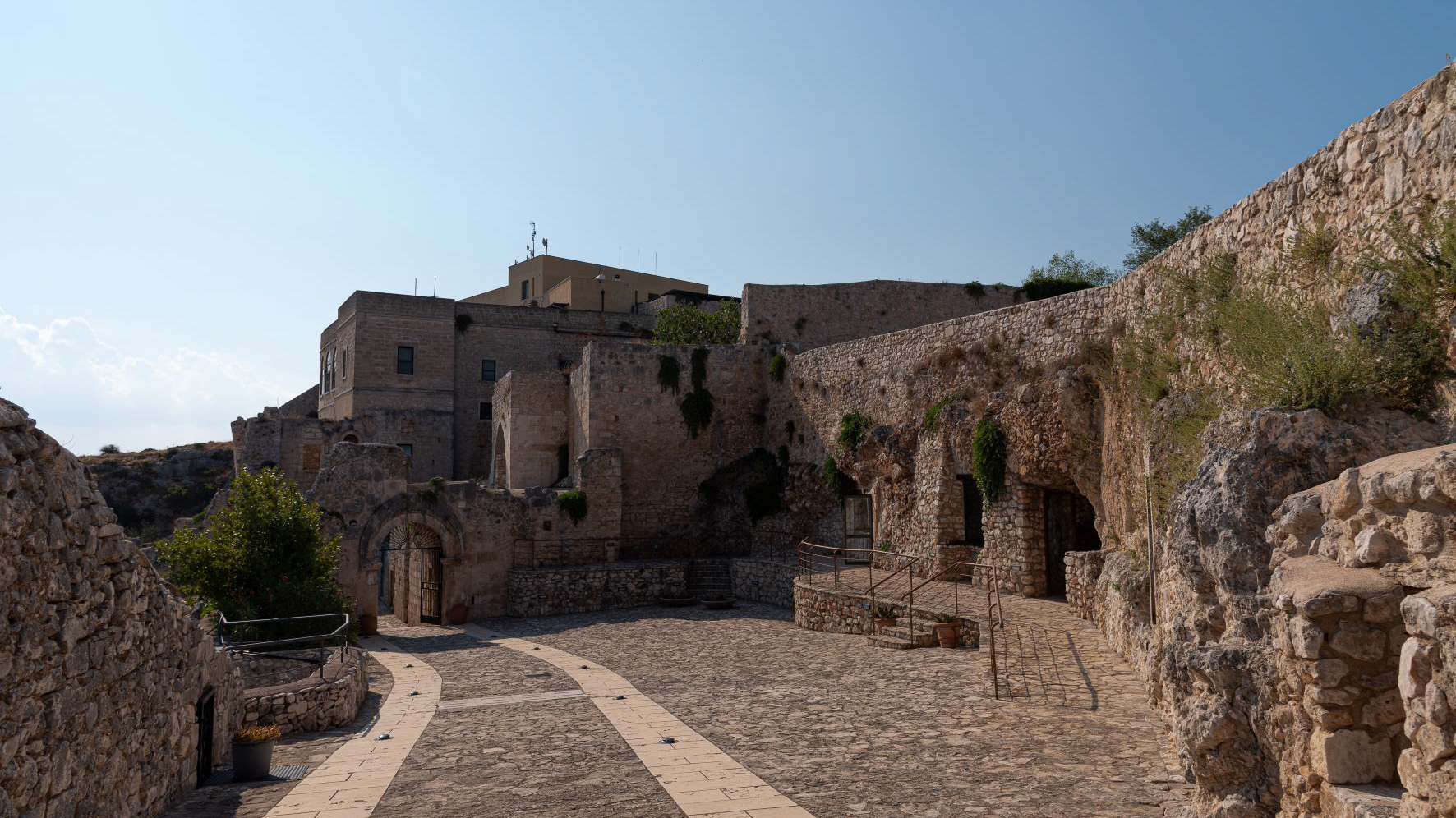
2021
The abbey of Santa Maria di Pulsano
The abbey of Santa Maria di Pulsano is a monastic complex located on the Gargano. September 8 is the feast of the Madonna di Pulsano: the faithful from Monte Sant'Angelo reach the abbey on mules.
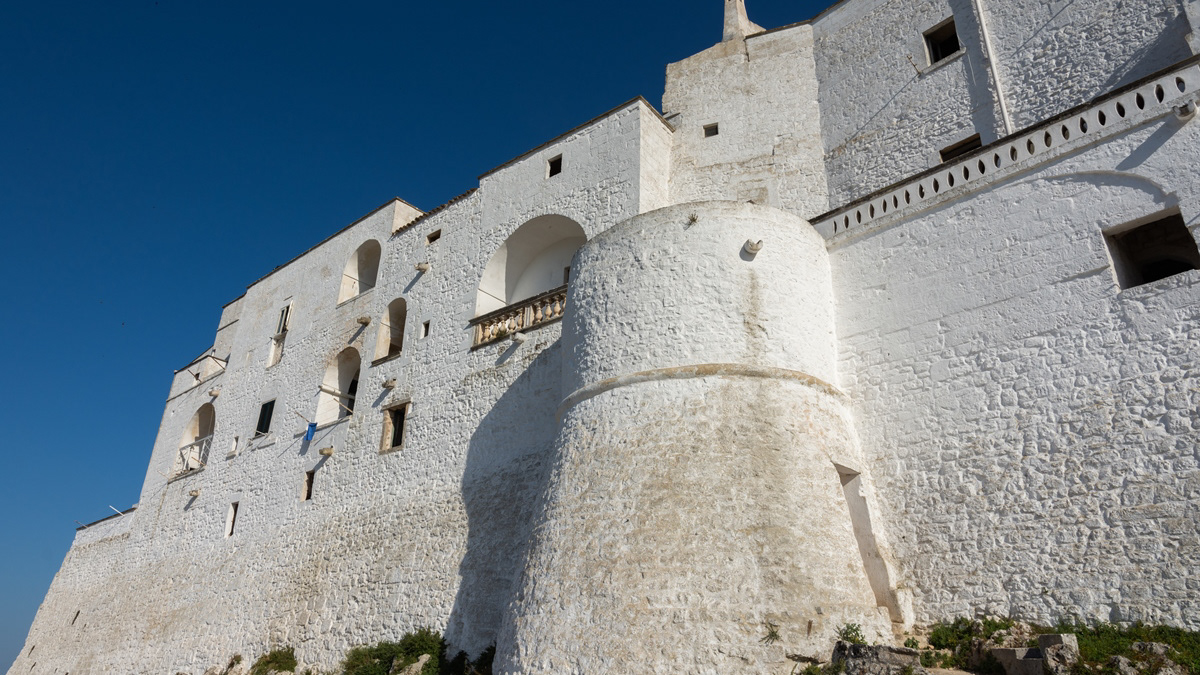
2018
Ostuni (BR) - The White City
Ostuni (Stùn in Ostuni dialect) (IPA: [o'stuni]) is an Italian town of 31 197 inhabitants [1] in the province of Brindisi in Puglia. Also known as the White City, due to its characteristic historic center in the past it was entirely painted with white lime. Renowned tourist center, from 1994 to 2018 it received the Blue flag and the five sails of Legambiente for the cleaning of the waters of its coast and for the quality of the services offered. Furthermore, in 2005 the Puglia region recognized the town as a "tourist resort".
"Ostuni is the panoramic city par excellence, every house is a belvedere, every trattoria belongs to the Bellavista, at every window there is a poet who gazes at the plain below the olive trees that change color at all winds [...] In Ostuni the houses are white, of milk and lime, they are white to the point of hurting the eyes, the walls, the windows, the doors, the stairs are white, everything is improbably white. [...] One goes to Ostuni to understand what it means to be sheltered from the sun [...] so as not to desire more novels, to no longer think about distant journeys, here there is the charm of all the cities of the seas South, here is the equator close at hand. " (Ettore Della Giovanna)
